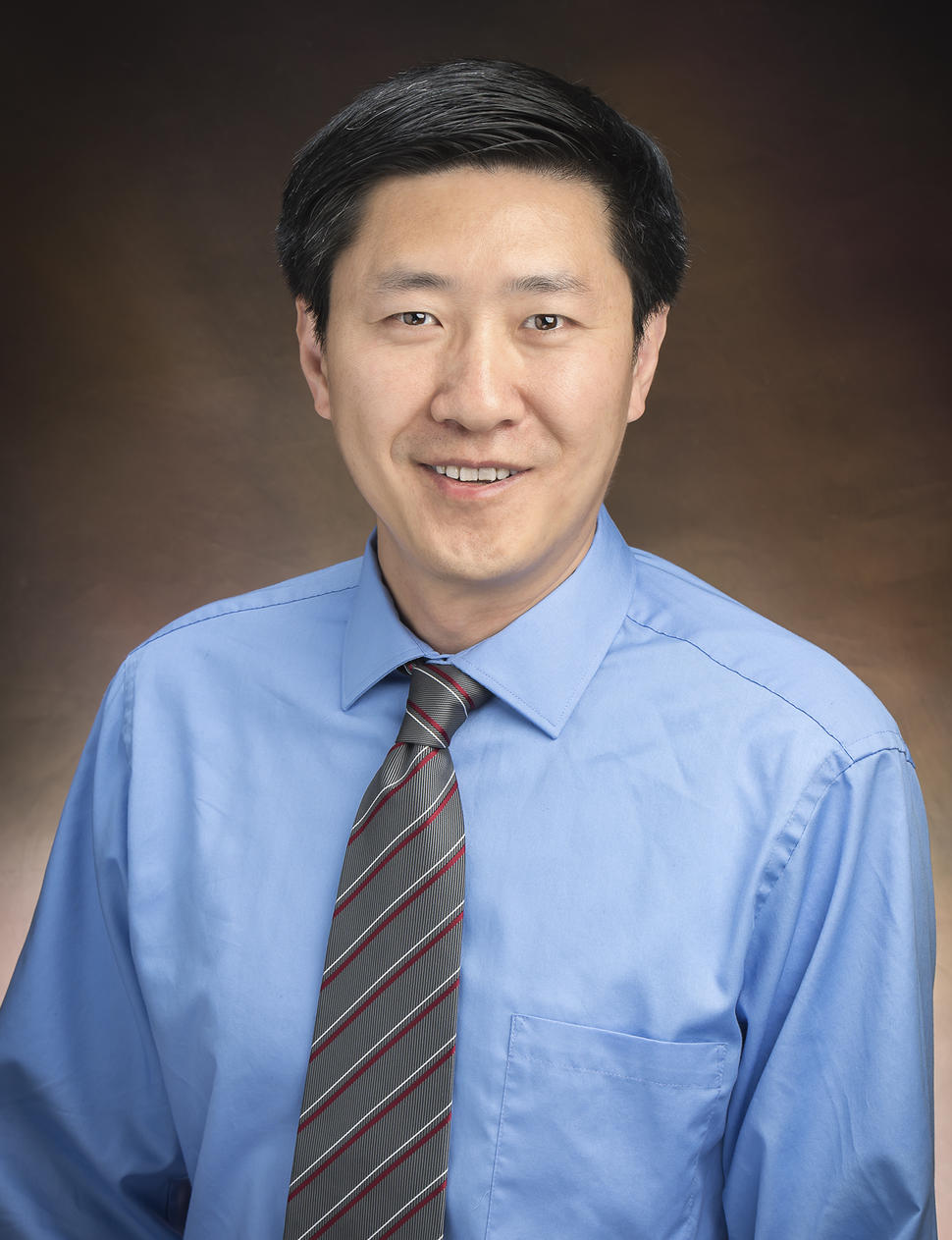Kai Tan, Ph.D., a CSBC investigator at Children’s Hospital of Philadelphia (CHOP), has always been fascinated by things that are complicated. This led him from graduate studies of genetic networks in bacteria to his current work using systems approaches to understand complex biological interactions during development and disease.
In this interview, Dr. Tan shares his views on systems biology, his advice for students and trainees, and his CSBC research that is identifying targets for combination therapy in a high-risk pediatric cancer.
How do you define systems biology?
In my opinion, the unifying question for this field is to understand how the interactions of all the players in the system give rise to an observed phenotype. There are different approaches and different systems, which range from trying to understand one signaling pathway to studying an entire protein-protein interaction network of a given cell type. However, I think the key is understanding the interactions, whether they are on a smaller scale or a complex, multi-scale level.
People coming from a physics or chemistry background could be thinking about dynamics of interactions in a system. Computer scientists are probably focusing on graph and binary interactions. These are just different ways to handle the central question of how interactions affect the system.
Who helped shape your views about systems biology?
When I was working on my Ph.D. thesis, I was performing studies in the area now known as genomics. It’s important to remember that genomics is not the same as systems biology. Then, I went to do a post-doc with Dr. Trey Ideker (who is currently a CSBC investigator at the University of California San Diego). He is a pioneer in the systemic analysis of molecular interactions. I think that's how I learned this conceptual framework, which is at the core of systems biology research.
What advice do you give to students and trainees in systems biology?
Get every opportunity to expose yourself to different areas and concepts! For instance, if you're a biologist or in computer science, go and read physics and chemistry journals. People always talk about creativity coming from maximum stimulation - a shock to your neurons. To be a successful and innovative researcher in systems biology, you need to expose yourself to concepts from different fields.
How do you think single-cell approaches can enable studies of cancer systems biology?
Cancers are really complex systems with all kinds of redundancy. There are pathways to overcome treatments, genetic buffering, and so much more. Now, with single cell analysis, we can really appreciate the heterogeneity of cancer at many different levels.
Moving forward, we can combine what already exists in terms of systems biology approaches, such as modeling networks, with single-cell concepts of heterogeneity. It will be interesting to observe how this integration can really push the cancer research field forward.
Could you describe how your CSBC project is advancing the preclinical development of combination therapies for cancer?
Combination therapy is an important therapeutic strategy for many cancers, especially metastatic cancers and tumors that don’t respond to standard treatments. However, identifying a target for combination therapy is very challenging.
We use an interesting computational framework called network controllability theory. It allows us to treat the gene regulatory network in a cancer as a control circuit. This theory was developed in the seventies by electrical engineers and systems scientists. Although the original framework is not new, it wasn’t applied to a biological system until very recently. From the theoretical point of view, we are also developing additional bells and whistles to allow us to accommodate noisy biological data.
Another challenge we're trying to address is that, although we are currently mapping a lot of networks, cell type or disease-specific network data is really sparse. We propose to use omics assays to generate a disease-specific network as input for our computational framework. Once this network is generated, it will also be invaluable to other researchers who can use it to study cancer or as a test bed for their algorithm development.
Additionally, we plan to rigorously test our computational predictions for targets of combination therapies using mouse models.
Why are you focusing on Philadelphia-like acute lymphoblastic leukemia (Ph-like ALL) for your CSBC research?
B-cell leukemia is the most frequent type of pediatric cancer. Like many other cancers, B-cell leukemia is heterogeneous. There are at least 6 subtypes with different treatment responses and prognosis. With certain subtypes, patient survival is over 90% due to modern therapies. However, the Ph-like B-ALL subtype has a very high rate of relapse and the overall survival rate of kids with this type of cancer is only 60%.
